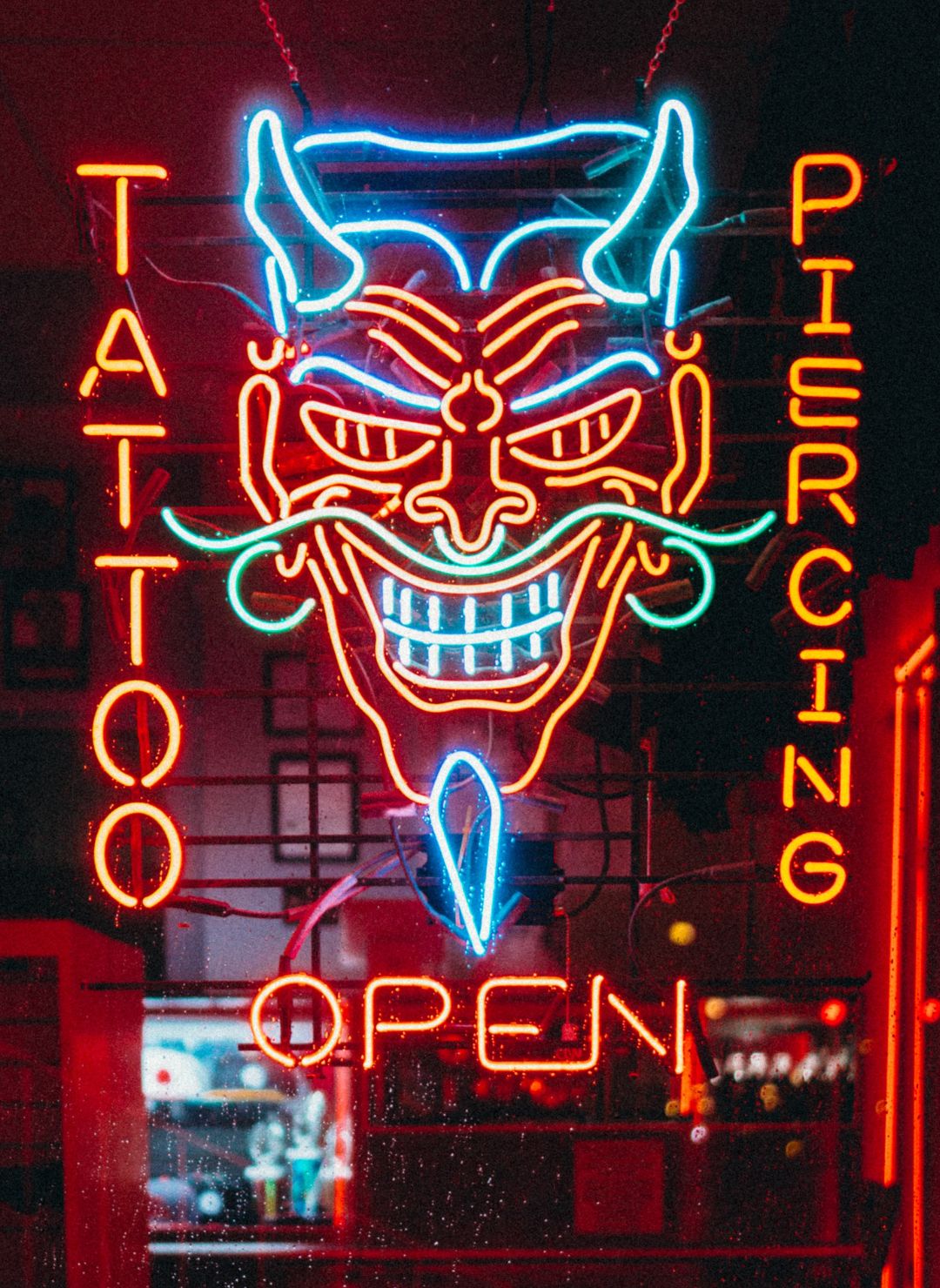
10 Tattoo Designs for First-Timers in Philadelphia for 2025
November 20, 2024
8 Insights About What Your Tattoo Style Says About Your Age
December 4, 2024Master the Art of Pricing to Grow Your Tattoo Business with Happy, Returning Clients
Pricing tattoos to maximize profit can be a tricky balance—you want to set rates that reflect the value of your work, but you also don’t want to scare away clients. The right pricing strategy can help you grow your client base while ensuring you’re earning what you deserve. Here, we’ll review these friendly, actionable 8 Tips for Pricing Tattoos to Maximize Profit Without Losing Clients. Let’s dive in!
With tattooing, pricing isn’t just about making money—it’s about valuing your time, materials, and expertise. A strong pricing strategy attracts clients who understand the worth of high-quality tattoos and helps establish your reputation as a serious tattoo artist. Whether you’re new to tattooing or a seasoned pro, finding the right balance in pricing can lead to long-term growth and client loyalty.

1. Understand Your Worth and Experience Level
Pricing tattoos to maximize profit starts with knowing the value of your work. Your experience, skill level, and time invested in honing your craft should all factor into how you price your tattoos. As you grow in skill and reputation, it’s natural to adjust your rates accordingly. For example, a beginner may charge lower rates to attract clients. At the same time, seasoned tattoo artists can confidently ask for higher prices.
Tip: Keep tabs on your growth by building a tattoo portfolio and showcasing client feedback. This can help justify any rate adjustments you make.
2. Research Local Market Rates
An intelligent way to start setting prices is by checking out the going rates at other tattoo studios in your area. Pricing too high might turn clients away, but pricing too low could make people question your expertise. Find a middle ground based on what others are charging, then factor in your unique skills and any specializations.
Pro Insight: If you’re in a high-demand area like Philadelphia, you might have a bit more flexibility to price higher compared to smaller towns with fewer clients.
3. Factor in the Tattoo’s Complexity and Style
Tattoo pricing can’t be one-size-fits-all. Complex designs require more time, energy, and skill, so they should cost more. Black-and-grey tattoos might have a different price range than colorful designs. By charging more for time-intensive or intricate tattoos, you’re covering the extra hours and detailing they require.
Here’s a Hint: Set a baseline rate for simpler designs, then scale up for detailed custom pieces to ensure you’re fairly compensated for the work involved.
4. Calculate the Cost of Supplies
Tattoos require high-quality supplies, from inks and needles to gloves and disposables. All these costs add up, so don’t overlook them when setting your prices. Calculate your expenses per tattoo to ensure you’re covering costs without cutting corners. Clients may not always realize it, but using top-quality supplies significantly improves tattoo longevity and safety.
Tip: Consider adding a small markup to cover any surprise costs so you’ll never have to dip into your profits just to restock.
5. Offer Both Hourly and Flat Rates
Offering both hourly and flat rates can give clients options that work best for them. A flat rate is ideal for smaller designs that can be completed in a single sitting. In contrast, hourly rates work well for larger or ongoing projects. Some clients prefer knowing a fixed price upfront. In contrast, others may like the flexibility of paying hourly for big, evolving pieces.

Example: Try offering flat rates for tattoos that can be completed within one to two hours, and an hourly rate for sessions beyond that.
6. Adjust Rates for Repeat Clients or Loyalty Programs
If you want to build a loyal client base, consider offering special discounts or loyalty rates for returning customers. Not only does this make clients feel valued, but it also encourages them to keep coming back. You could offer a small discount after several visits or create a loyalty program for frequent clients. This approach builds relationships and can make clients more forgiving of any future price increases.
Tip: Inform clients upfront about your loyalty discounts—it’s a great way to show appreciation for their support and create lasting relationships.

7. Be Transparent About Your Rates and What They Cover
Honesty and transparency go a long way in building client trust. Be upfront about your pricing and let clients know what factors your rates consider. Explain that prices reflect your expertise, the quality of materials, and any guarantees (like touch-ups) included with the tattoo. This builds trust and helps clients understand the actual value of your work.
Example: On your website or social media, include a price range for different tattoo styles to give clients an idea of what to expect before they contact you.
8. Stay Adaptable and Open to Feedback
The tattoo industry, like any business, is constantly evolving. Be open to client feedback, other tattoo artists, and industry trends. Listening to what clients say about pricing can help you find a balance between profitability and client satisfaction. This doesn’t mean lowering prices with every comment, but it does mean adapting as your experience grows and trends shift.
Pro Tip: Use constructive feedback to refine your pricing strategy over time—it’s a great way to ensure your rates stay fair and competitive.
Grow Your Tattoo Business with Ink Different Tattoos
Partnering with Ink Different Tattoos doesn’t just mean joining a trusted brand—it’s also an opportunity to grow your tattoo studio by implementing their proven tattoo apprenticeship program model. This model brings in new, eager talent while supporting their development as skilled, dedicated tattoo artists under your guidance. With Ink Different’s structured apprenticeship program, your studio will become known as a place where up-and-coming tattoo artists thrive, bringing fresh energy and innovation to your business.

Pricing Tattoos to Maximize Profit: Bringing It All Together
Pricing your tattoos in a way that’s fair to you and attractive to clients isn’t easy, but these eight tips can guide you toward a balanced approach. By knowing your worth, understanding your market, and being open with your clients, you’re setting yourself up for success. Tattooing is an art, but it’s also a business, and effective pricing is essential for making a sustainable income doing what you love.
With these strategies, you’ll feel confident in your rates, and your clients will feel secure in their investments. Growing a tattoo business is all about building relationships, showcasing quality, and ensuring your clients come back for more. So go ahead, use these tips, and watch as your client base and profits both start to flourish.




